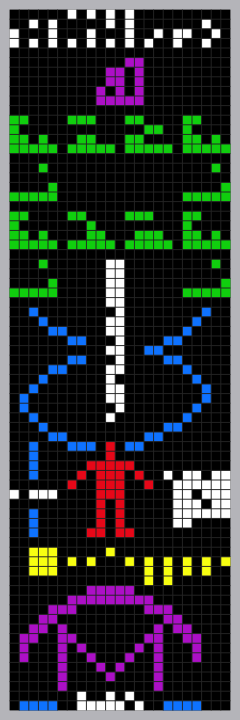“The best laid plans of mice and men often go awry” – this famous paraphrase of Scottish poet Robert Burns sometimes sums up human ingenuity. That is exactly what happened when a county in Washington State decided to replace all of its county-owned streetlights with LEDs at least partially in an effort to combat light pollution. New research shows that they actually made the light pollution worse.
Dr. Li-Wei Hung and her colleagues at the National Park Service recently released a paper currently available on arXiv that details work that they did to monitor the night sky both before and after Chelan County replaced their streetlights with LEDs.
Map of Chelan County and where its street lights are located.
Credit – Hung et al.
Chelan County is located in the north-central part of the state and serves as a gateway to several outdoor recreational areas nearby, including North Cascades National Park. Given this interest in the outdoors, less light pollution would seem like a benefit to stargazing hoping to catch a glimpse of the Milky Way.
So the county decided to replace all 3,693 of the county-owned streetlights (60% of the total outdoor streetlights in Chelan County) with “full cutoff” light emitting diodes for bulbs. About 80% of these new LEDs were “3000K” or “warm white light”, while the other 20% were slightly brighter “4000K” bulbs that were installed to meet lighting requirements set by the Washington State Department of Transportation.




















